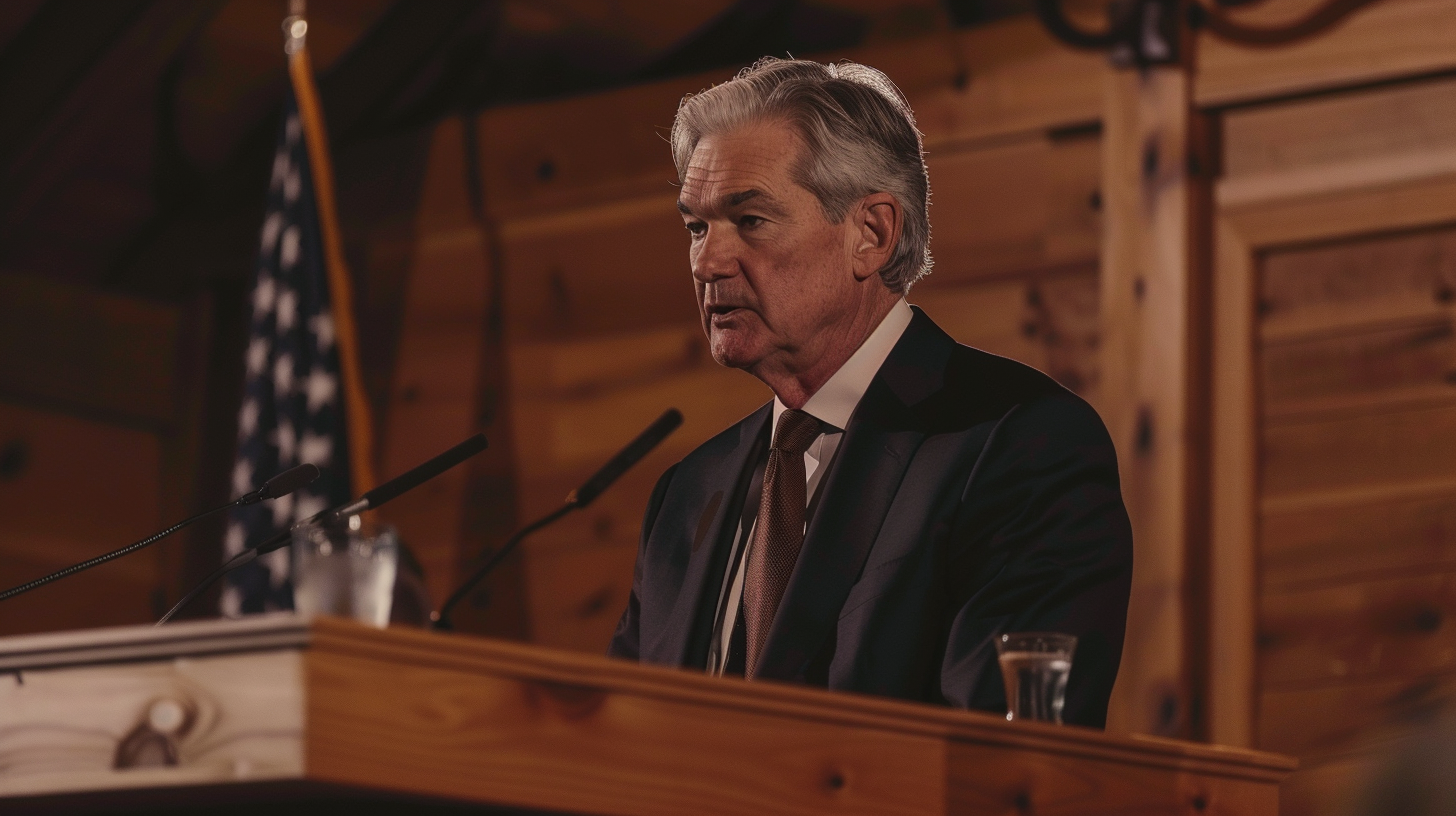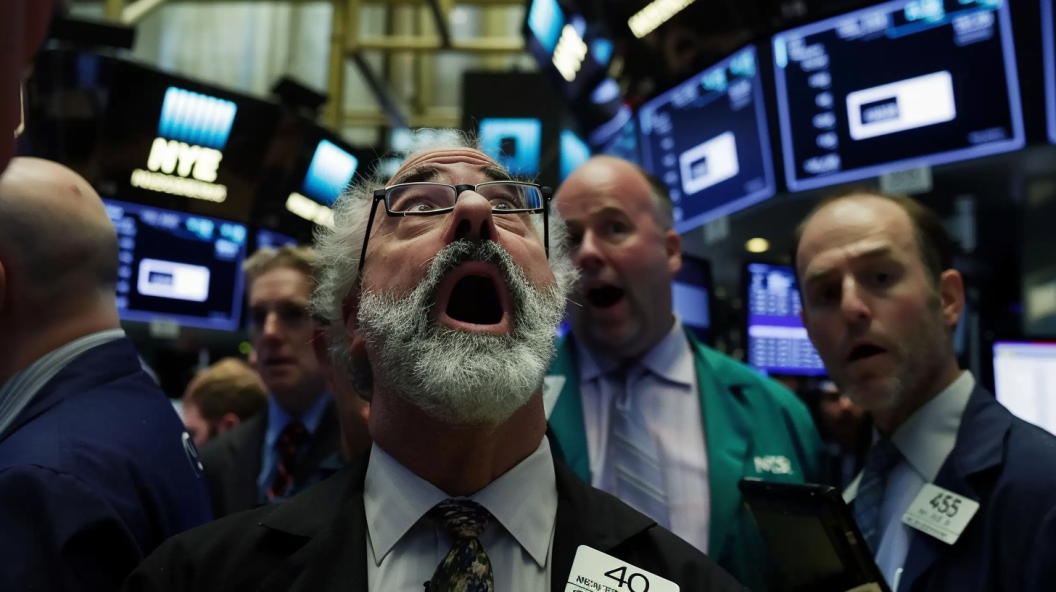| Key Points: – Investors now expect a potential 50-basis point Fed rate cut next week, up from prior expectations of a 25-basis point reduction. – Gold reaches a record high, supported by dollar weakness and looming rate cuts. – Crude oil continues its rally as hurricane-related supply concerns rise. |
U.S. stocks opened higher on Friday, and gold surged to a record high, as investors grew increasingly optimistic about the Federal Reserve’s potential for a 50-basis point interest rate cut next week. Earlier, market expectations had pointed to a smaller 25-basis point reduction, but reports from The Financial Times and The Wall Street Journal suggested the decision might be more evenly split than previously thought. These reports have caused a sharp change in market sentiment, driving gains in multiple sectors.
In early trading, all three major U.S. stock indexes saw positive movements, with the Dow Jones Industrial Average up 0.36%, the S&P 500 gaining 0.26%, and the Nasdaq Composite climbing 0.16%. Investors are now positioning themselves for potential rate cuts, encouraged further by influential voices like former New York Federal Reserve President Bill Dudley, who said during a forum in Singapore that “there’s a strong case for 50,” referencing a more significant rate cut.
Beyond the scope of next week’s interest rate decision, market participants are also closely watching the Federal Reserve’s forward guidance, particularly its dot plot projections and the statements from Chair Jerome Powell at the post-meeting press conference. According to analysts at TD Securities, the decision could be more contentious than anticipated, with the Fed expected to maintain a broadly dovish tone moving forward.
Gold Prices Surge on Dollar Weakness
Gold prices soared to a record high of $2,579.61 per ounce, marking its strongest weekly gain since mid-August. Investors flocked to the safe-haven asset, which benefits from a weakening U.S. dollar and expectations of further rate cuts. Gold’s appeal tends to rise when interest rates are cut, as lower rates reduce the opportunity cost of holding non-yielding assets like gold.
The U.S. dollar saw significant declines, dropping as much as 1% against the yen to 140.36, its weakest level since December 2023. The dollar index, which tracks the currency against major global counterparts, fell to a one-week low at 101.00. The Japanese yen’s strength was also bolstered by hawkish comments from Bank of Japan officials, signaling potential policy tightening in Japan.
Treasury Yields and Crude Oil React
In the bond market, U.S. Treasury prices rose, causing yields to fall. The benchmark 10-year Treasury yield dropped 2.1 basis points to 3.659%, while rate-sensitive two-year yields fell 6.8 basis points to 3.5803%. The rally in Treasuries indicates growing market confidence in further rate cuts by the Federal Reserve.
Crude oil prices continued to climb, with prices reaching $69.51 per barrel as producers assess the impact of Hurricane Francine, which tore through the Gulf of Mexico. The storm has raised concerns over potential disruptions in oil production, further supporting the upward trend in oil prices.
Market Outlook
As the week progresses, investors will be closely monitoring the Fed’s rate decision and the accompanying guidance on future monetary policy. With inflation easing and economic indicators pointing to slower growth, the market anticipates that further rate cuts may follow throughout the rest of the year. This sentiment has helped lift stocks, gold, and oil, creating a more bullish outlook for the markets in the short term.














